Hongseong Jeongamsa Temple (정암사 (홍성))
13.9Km 8355 2021-03-12
652, Oseo-gil, Hongseong-gun, Chungcheongnam-do
+82-41-641-0488
Jeongamsa Temple is a small rural temple situated halfway up Oseosan Mountain. There are few existing records that mention the temple’s beginning. Some suggest that it was built around AD 527 during the 5th year of Baekje King Seongwang’s reign, but there is little evidence to support this theory. The only reference alluding to a specific time is Yeojidoseo ("Detailed Survey of Korean Geography" published during the late Joseon dynasty). It states Jeongamsa Temple's location as on Oseosan Mountain, and Oseosan Mountain being surrounded by Hongsan Mountain and Baegwolsan Mountain and intersected by Hongju, Gyeolseong, and Boryeong. This indicates the temple was recognized in the mid-18th century and around the same time, Garamgo (a book about temples, published in the late 18th century) also states that Jeongamsa Temple is located approximately 11 kilometers to the east of Gyeolseonghyeon. It is still uncertain whether the temple referred to is Jeongamsa Temple on Oseosan Mountain.
Some foundation stones within the temple site measure 70-80 centimeters on each side. These stones indicate that the old Buddhist shrine of Jeongamsa Temple was laid out with five kan (Korean unit of measurement indicating the space between two pilars) at the front and three kan on the side. Future archaeological studies will help identify the true history of Jeongamsa Temple.
Daeheung Sikdang (대흥식당)
14.6Km 0 2024-02-21
37-1, Sudeoksaan-gil, Deoksan-myeon, Yesan-gun, Chungcheongnam-do
Daeheung Sikdang is an old restaurant that serves great sanchae (wild vegetables) cuisine at the entrance to Sudeoksa Temple, a famous Buddhist temple in Korea. Its signature menu is the dolsot deodeok jeongsik (hot stone pot rice and deodeok set menu), featuring fragrant deodeok and wild vegetable dishes prepared with care. There are other menus on offer, such as beoseot pajeon (mushroom and green onion pancake), ureong chomuchim (sweet and sour freshwater snail salad), dotori bindaetteok (acorn and mung bean pancake), dotorimuk (acorn jelly salad), and sundubu (soft bean curd). Side dishes include jogi gui (grilled yellow croaker), ori barbecue (duck barbecue), and doenjangguk (soybean paste soup).
Oseosan National Recreational Forest (국립 오서산자연휴양림)
15.9Km 11305 2022-07-22
531, Oseosan-gil, Boryeong-si, Chungcheongnam-do
+82-41-936-5465
Oseosan National Recreational Forest was opened on September 22, 2001 around Myeongdaegyegok Valley in Boryeong-si, Chungcheongnam-do. The area is separated from the city area, making it perfect for peaceful retreats into nature. There is a training center and many walking paths through the forest. The trail leading to the summit of Oseosan Mountain is popular among families and couples for its view of the sunset.
Haemieupseong Walled Town (서산 해미읍성)
16.1Km 25132 2021-08-18
143, Nammun 2-ro, Seosan-si, Chungcheongnam-do
+82-41-661-8005
Haemieupseong Walled Town is a representative fortress from the Joseon period. Additional famous walled towns in Korea include Gochangeupseong Walled Town and Naganeupseong Walled Town. Haemieupseong Walled Town was established in 1491 during the 22nd year of King Seongjong. Its perimeter is approximately 1.8 kilometers, the x_height is 5 meters, and total area is 196,381 m², making it a huge fortress. Through restoration and purification projects, its old image has been restored as a historic park and it is famous as a site of Catholic martyrs' in the late Joseon era.
During the persecution of Catholics, many Catholics from Chungcheong-do were forced to come to Haemieupseong Walled Town where the administration office was located. Upon arrival, they were tortured to death. In particular, approximately 1,000 people are recorded as having been executed during the persecution in 1866.
The plaza inside of the fortress has a prison site where Catholics were chained up under the Daewongun government, and a gigantic old tree which was the tree used for torturing. The stones which were used for thrashing are located outside of a fortress gate and have become a holy place.
Seosan Haemieupseong Festival (서산해미읍성축제)
16.2Km 21899 2024-06-05
143 Nammun 2-ro, Seosan-si, Chungcheongnam-do
+82-41-660-2697
Seosan Haemieupseong Festival is held every October at Haemieupseong Walled Town, a fortress with over 600 years of history. Various events and programs are offered including an overnight program in front of the fortress. Exciting performances such as a reenactment parade, traditional music performances, and fireworks are also planned.
Haemi Martyrdom Holy Ground (Yeosutgol) (해미순교성지(여숫골))
16.7Km 24160 2020-03-06
13, Seongji 1-ro, Seosan-si, Chungcheongnam-do
+82-41-688-3183
Haemi Martyrdom Holy Ground is the site where nearly 1,000 Catholics
in Chungcheongnam-do were buried alive during the time between the Byeongin Persecution in 1866 and 1882. At that time, Catholics were executed outside Haemieupseong Fortress' Seomun Gate (West Gate). As it was difficult to execute them one by one, the martyrs were buried alive in a big hole all at once. When confronted with their deaths, the martyrs prayed while singing 'Yesumaria' (Jesus Maria). Because it also sounds like "Yeosumeori", the place was called 'Yeosutgol' as well.
The 16-meter-high memorial tower was set set up near Haemicheon Stream to pay tribute to the nameless martyrs who were buried alive. Many Catholics visit this location every year to remember and honor the martyrs who sacrificed their lives for their belief.
Cheongyang Daracgol Julmudeom Holy Site (청양 다락골 줄무덤 성지)
17.2Km 8051 2020-06-25
78-6, Darakgol-gil, Cheongyang-gun, Chungcheongnam-do
+82-41-943-8123
Julmudeom refers to the unmarked graves of anonymous Catholic martyrs in Darakgol, Cheongyang in Chungcheongnam-do. Darakgol is also the birthplace of St. Choi Gyeong-hwan and Choi Yang-eop (the second Catholic priest in Korea) was also martyred in Gwacheon, Gyeonggi-do. Because the grave is of more than one individual, it was given the name Julmudeom (group graveyard).
Although the exact number of martyrs and their exact cause of death is unknown, they were buried by family resulting in the 37 mounds in three sections. In 1982, Cheongyang Cathedral established monuments to commemorate the unidentified martyrs, and Julmudeom became a well-known site for Catholic pilgrimages. In 1986, the remains of St. Choi Gyeong-hwan Francisco were relocated to the Jeoldusan Martyrs’ Shrine reducing the total number of mounds at Julmudeom to 36.
Hongseong Namdang Port Jumbo Shrimp Festival (홍성남당항 대하축제)
17.5Km 26270 2024-08-12
213-1 Namdanghang-ro, Hongseong-gun, Chungcheongnam-do
+82-10-5433-8196
Namdang Port, located at the west end of Hongseong, is a famous west coast port known for its exceptional seafood. Surrounded by the clean waters of Cheonsuman Bay, Namdang Port is home to a wide array of sea life including blue crab, cockle and webfoot octopus. Namdang Port also draws throngs of visitors from early September to mid-October every year for the country’s largest Jumbo Shrimp Festival.
Hongseong Namdang Port Saejogae Festival (홍성남당항 새조개축제)
17.6Km 89385 2024-01-24
1-1 Namdanghang-ro 213beon-gil, Seobu-myeon, Hongseong-gun, Chungcheongnam-do
+82-41-634-0104
Hongseong Namdang Port Saejogae Festival celebrates the saejogae (egg cockle) that is harvested around Namdang Port and Cheonsuman Bay between December and April of every year. The plump saejogae are famous for their chewy texture and nutritional value, full of protein, iron, and other essential minerals.

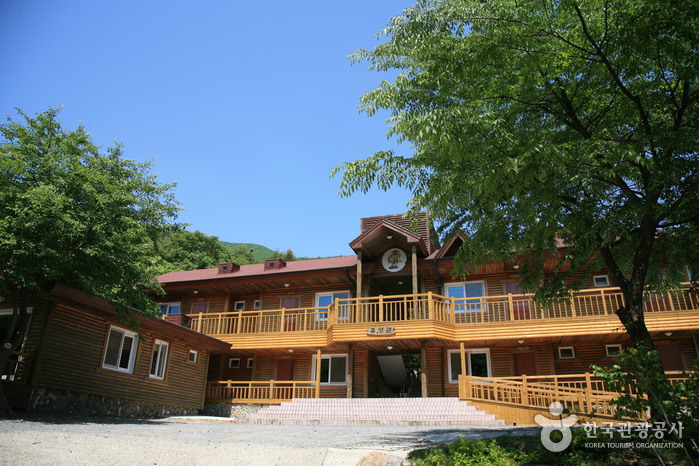
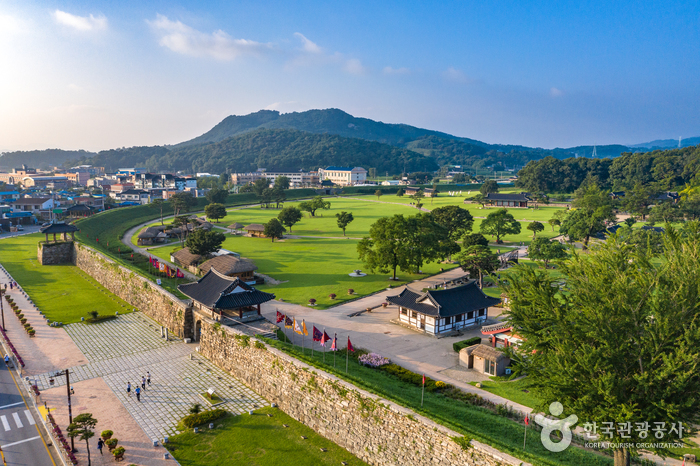
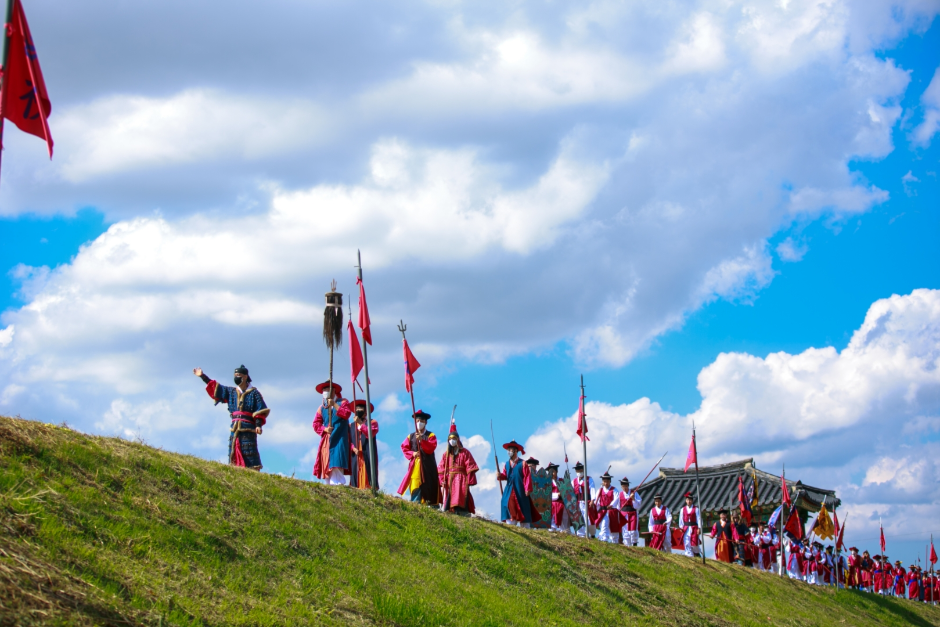

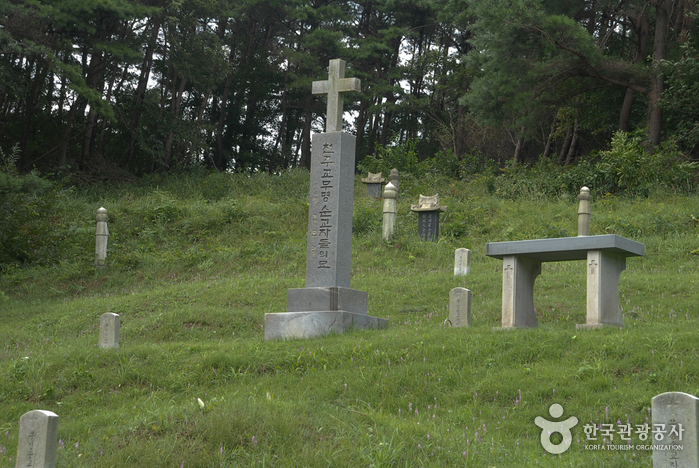
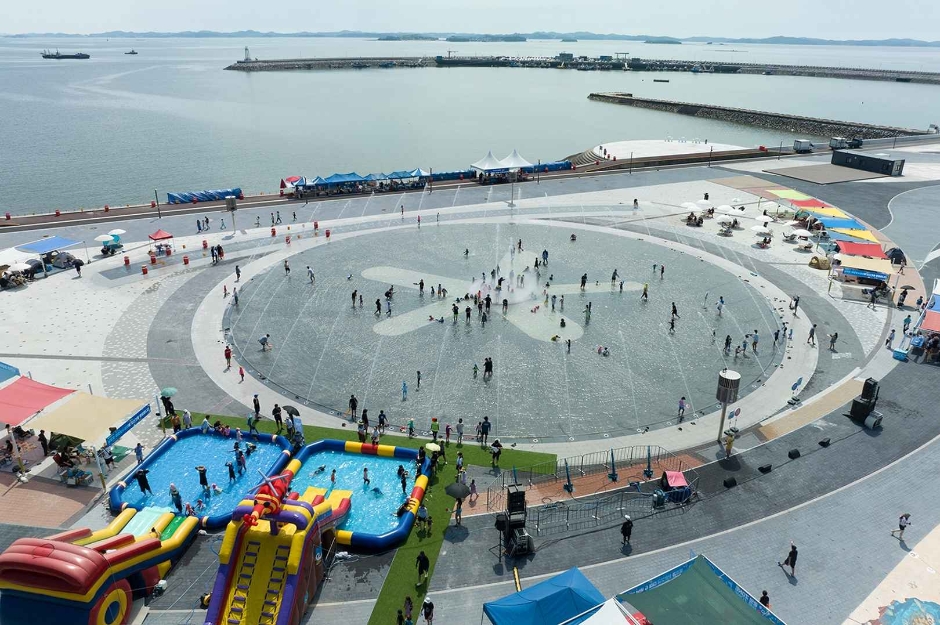
 English
English
 한국어
한국어 日本語
日本語 中文(简体)
中文(简体) Deutsch
Deutsch Français
Français Español
Español Русский
Русский